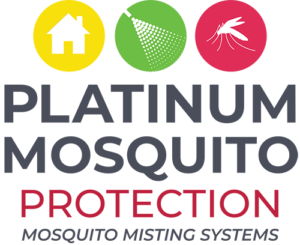
Identifying the weeds in your lawn
When it comes to lawns in America, one conservative estimate is that there are three times more acres of lawns in the United States than irrigated corn. For the American homeowner, that’s a lot of agonizing and spending to nurture the perfect lawn.
In essence, most homeowners have two choices when having to tend to a lawn:
- Weed and feed to achieve that lush green carpet; or
- Learn to embrace all the little green things that can call your lawn home.
What’s growing in your South Florida lawn?
Before the first poison is sprayed, it’s important to know what weeds may be growing in your lawn. Some weeds, for example, may actually be doing your lawn some good by adding nutrients to the soil, controlling some insects and attracting some pollinators, and holding topsoil in place.
Nevertheless, here is a brief list of what weeds may be lurking in your lawn.
Dollarweed
Also known as pennywort, the leaves of this plant look like miniature lily pads. It has a low-growing habit and can spread by seeds – which stick to everything that touches it, such as lawnmower blades, shoes, etc. – and rhizomes.
The weed tends to thrive in weak turf and is an indicator of too much moisture, sometimes caused by overwatering, a leaky sprinkler head, or poor drainage.
Pusley
This weed, a relative of gardenia and ixora, is a Florida native, and people either love it or hate it. Known for its prolific white, pink, or lavender blooms, the small weed can easily consume a lawn with its thousands and thousands of seeds – and it attracts butterflies.
Where does that leave the homeowner? Some will try to hand-weed the plant from their lawns, only to have it return because a neighbor’s lawn is a pusley factory, and others will simply surrender and let the weed have its way with their lawn.
Chamberbitter
This is a broadleaf weed that’s also known as little mimosa and, quite appropriately, gripe weed. The plant has a sticky, milky sap and is able to flower and produce seeds within two weeks. When the seed capsule explodes, seeds are hurled in many directions – so the weed can spread over a large area.
Purslane
One man’s weed is another man’s vegetable. Such is the reputation of purslane.
Sporting small yellow flowers, green, fleshy leaves, and reddish stems, the weed looks very much like a succulent. It can grow in bare spots in the lawn or between cracks in the sidewalk, and it can tolerate drought.
Nearly 2,000 years ago, Pliny the Elder, a Roman naturalist, mentioned the weed in his “Natural History” – so, it’s been around a long time. Somewhere along the way, though, this edible plant moved into the weed category. Those who have eaten purslane say the young stems and leaves taste like spinach and can be used in salads.
A simple approach to weed control
The best and healthiest way to keep weeds at bay in your lawn is to have a healthy lawn and to not mow it too short. The healthier and longer the turf, the more difficult it will be for weeds to take over.
To enjoy your lawn and yard, it’s also important to not have mosquitos take over. Your lawn, weeds or no weeds, should be enjoyed. That’s why Platinum Mosquito Protection is happy to install an automatic misting system that can help control these biting pests. For a free onsite consultation, please fill out our convenient online form.
